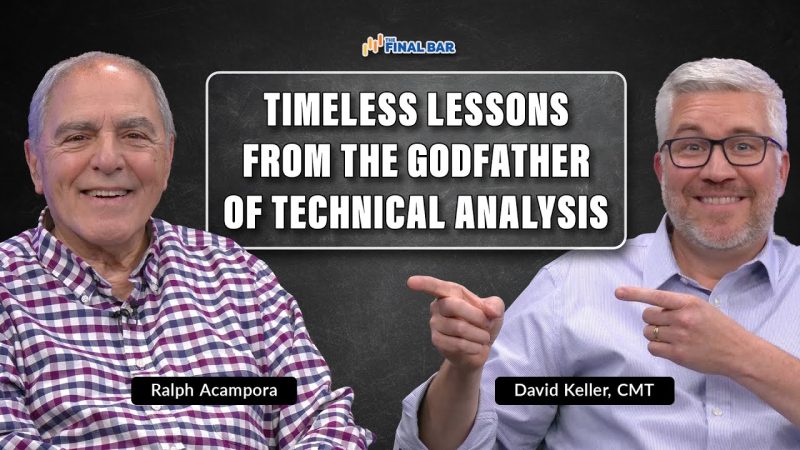The Godfather of Technical Analysis, Richard D. Wyckoff, wrote numerous works that greatly influence the modern concepts of technical analysis. Wyckoff was a financier and stock trader in the early twentieth century and his teachings remain relevant even today.
His most notable contribution to technical analysis was the concept of price volatilty. He believed that the underlying forces behind market movements are the result of the collective psychology of those trading in a market. Wyckoff’s method of studying the relationship between price and volume has been embedded in today’s technical analysis tools.
Wyckoff also had other timeless lessons that can still be applied to modern trading. He believed that the price trend should be respected, and traders should only act on news or events that will significantly affect the direction of the market. He called for the use of stop-loss orders to minimize risk, and the use of limit orders to take advantage of opportunities in volatile markets.
In addition to his market observations, Wyckoff believed in the power of discipline. He advocated for traders to set and follow rules about when and how to buy, sell, and hold a stock. He argued that discipline would lead to long-term success while free-wheeling trading would lead to losses.
The Godfather of Technical Analysis was also a proponent of long-term planning. He wrote that “real success in the market can only come as a result of a careful systems of long-term interpretation and trade.” Wyckoff believed that a good system should be based on something they call “the pattern of what is going on,” which means that traders should use broader analysis of the market to make better decisions.
These timeless lessons from the Godfather of Technical Analysis may be over a century old but they are still applicable today. Wyckoff’s approach to understanding the market continues to influence modern traders with its focus on discipline, volatility, and long-term planning. Experience traders and newbies alike can still benefit from taking a lesson from the Godfather of Technical Analysis.































